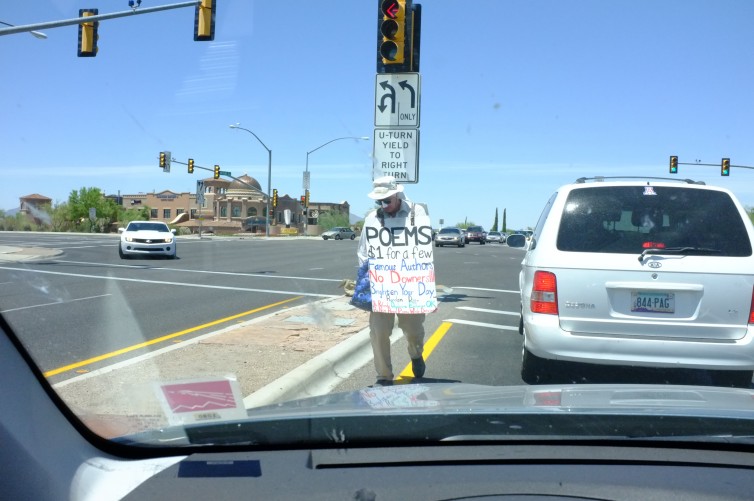By Tony Hoagland, from his book “Sweet Ruin.”
(Thanks to Addie Rimmer for introducing me to his poetry.)
You’re the Top
Of all the people that I’ve ever known
I think my grandmother Bernice
would be best qualified to be beside me now
driving north of Boston in a rented car
while Cole Porter warbles on the radio;
Only she would be trivial and un-
politically correct enough to totally enjoy
the rhyming of Mahatma Ghandi
with Napoleon brandy;
and she would understand, from 1948,
the miracle that once was cellophane,
which Porter rhymes with night in Spain.
She loved that image of the high gay life
where people dressed by servants
turned every night into the Ritz:
dancing through a shower of just
uncorked champagne
into the shelter of a dry martini.
When she was 70 and I was young
I hated how a life of privilege
had kept her ignorance intact
about the world beneath her pretty feet,
how she believed that people with good manners
naturally had yachts, knew how to waltz
and dribbled French into their sentences
like salad dressing. My liberal adolescent rage
was like a righteous fist back then
that wouldn’t let me rest,
but I’ve come far enough from who I was
to see her as she saw herself:
a tipsy debutante in 1938,
kicking off a party with her shoes;
launching the lipstick-red high heel
from her elegant big toe
into the orbit of a chandelier
suspended in a lyric by Cole Porter,
bright and beautiful and useless.






Recent Comments